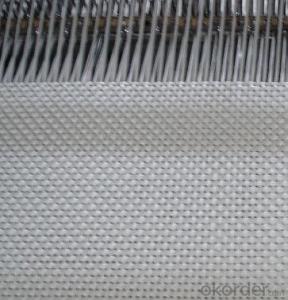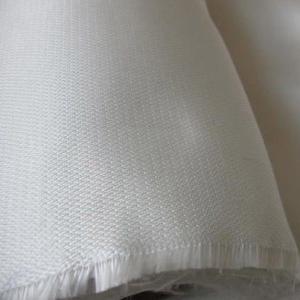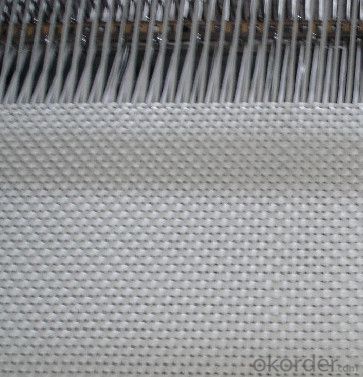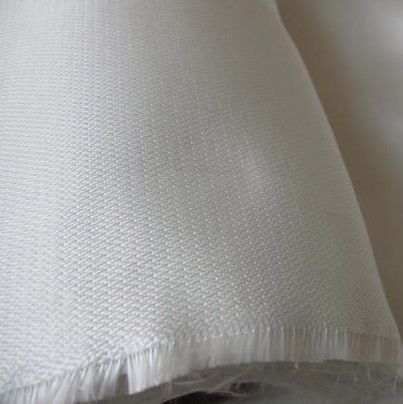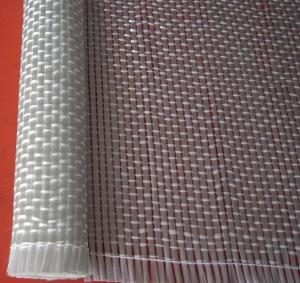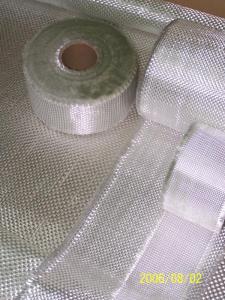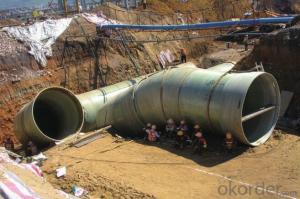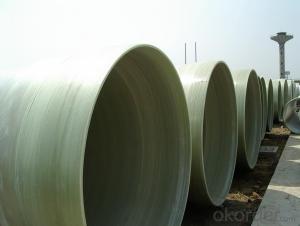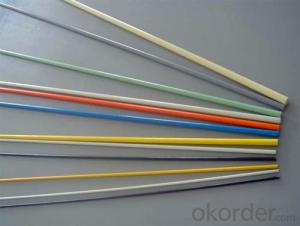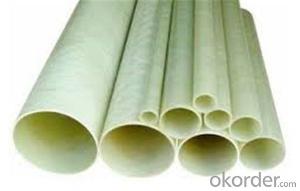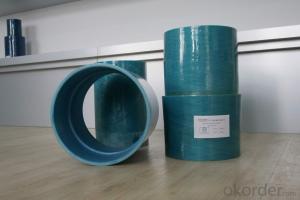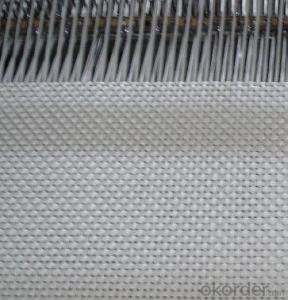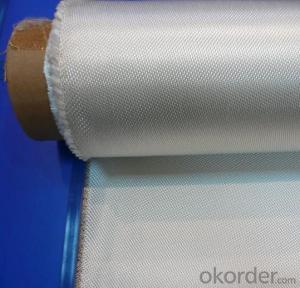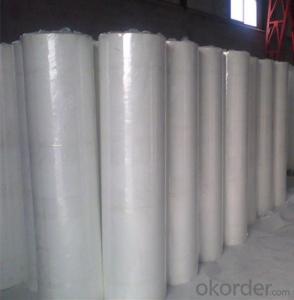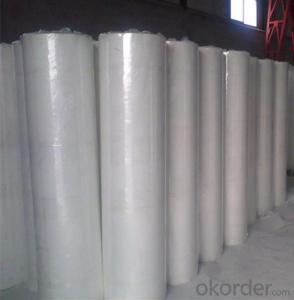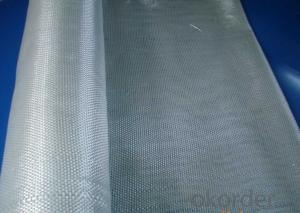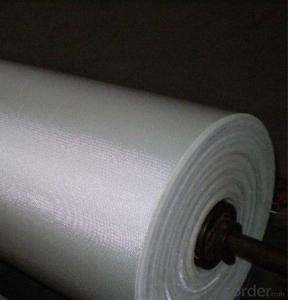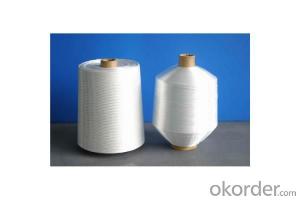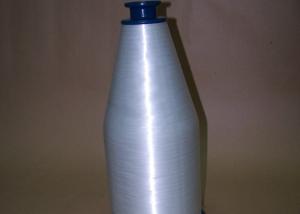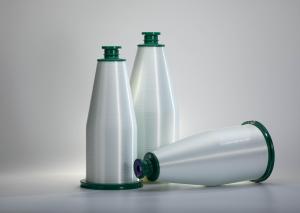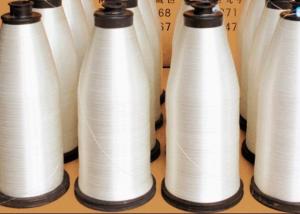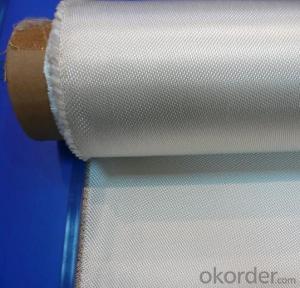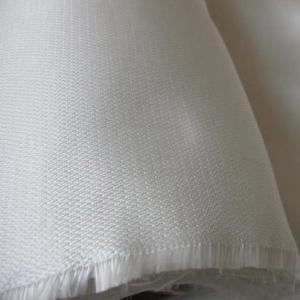Fiberglass Yarn Reinforced Corrosion Resistant Fiberglass Fabric ISO9001
- Loading Port:
- Shanghai
- Payment Terms:
- TT OR LC
- Min Order Qty:
- 500 m²
- Supply Capability:
- 50000 m²/month
OKorder Service Pledge
OKorder Financial Service
You Might Also Like
Fiberglass Fabric for Corrosion Resistant ISO9001
Fiberglass Fabric Introduction:
Fiberglass fabric is weaved by high quality fiberglass,as a kind of engineering material,which is
many excellent characteristics:
flame-resisting,corrosion resistant,high strength,heat resistance.stable structure,good chemical resistance,durability.
Fiberglass Fabric Features:
Warp and weft yarns are parallel arrangement as flat situation, with uniform tension;
Fiber is aligned with large consistency, stable and easy operation;
Good moldability, fast and complete wet out in resins, resulting in high productivity;
Good transparency and high strength of composite products.
Fiberglass Fabric Specification:
mark | Fiber consistency(ends/ cm) |
Area weight (g/ m2) |
Thick-ness (mm) |
Width (cm) |
Length (mm) | Breaking strength(N)≥ |
weave | |||
Warp direction | Weft direction | Warp direction | Weft direction | |||||||
EW200 | 16 | 12 | 200±20 | 0.2 | 90-130 | 300-1200 | 980 | 980 | ||
EW210 | 16 | 12 | 200±20 | 0.21 | 90-130 | 300-1200 | 1080 | 1080 | Twill weave | |
Plain weave | ||||||||||
EWR360 | 3.2 | 1.8 | 354±18 | 0.35 | 50-300 | 100 | 2000 | 2000 | ||
EW280 | 16 | 10 | 280±28 | 0.26 | 90-130 | 300-1200 | 1800 | 1800 | ||
EW300 | 14 | 10 | 320±32 | 0.3 | 90-130 | 300-1200 | 1500 | 1500 | ||
EW430 | 20 | 12 | 420±42 | 0.43 | 90-130 | 300-1200 | 2000 | 2000 | Broken twill | |
EWR136 | 10 | 10 | 136±13 | 0.136 | 100 | 200 | 850 | 850 |
Plain weave | |
EWR200 | 8 | 7 | 200±20 | 0.21 | 100 | 200 | 1200 | 1200 | ||
EWR400 | 3.6 | 3.2 | 400±30 | 0.4 | 100 | 50-100 | 2500 | 2500 | ||
EWR600 | 2.6 | 2.5 | 600±50 | 0.6 | 100 | 40KG | 4000 | 4000 | ||
EWR580 | 2.5 | 2.3 | 576±29 | 0.58 | 100 | 40KG | 3850 | 3850 | ||
EWR800 | 1.8 | 1.8 | 800±60 | 0.8 | 100 | 40KG | 4600 | 4600 | ||
Product Show
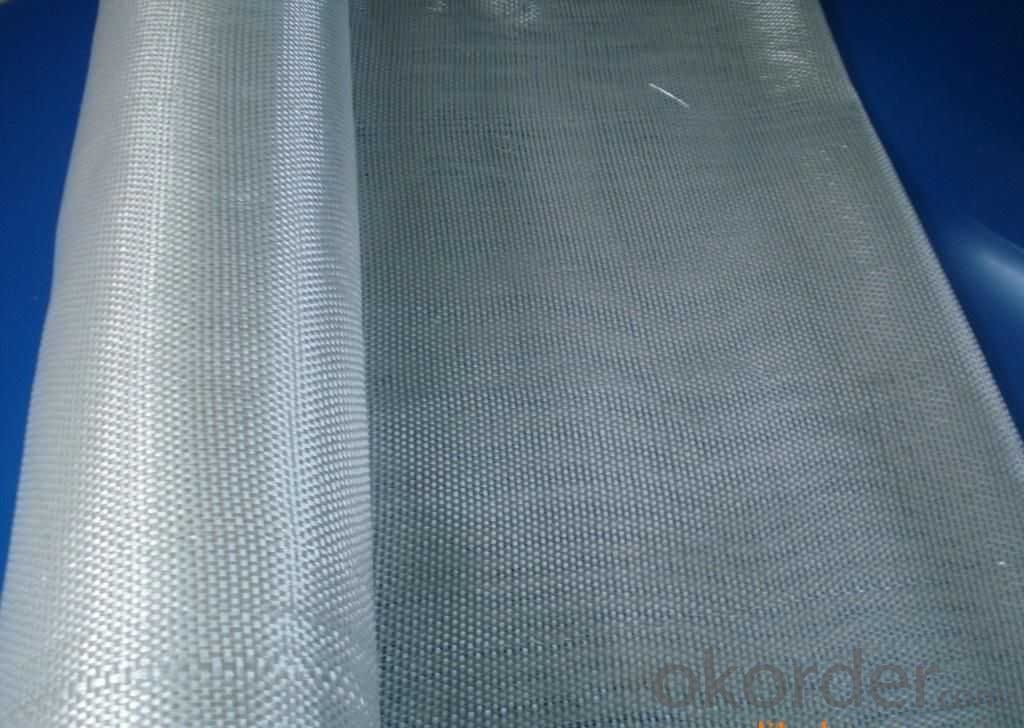
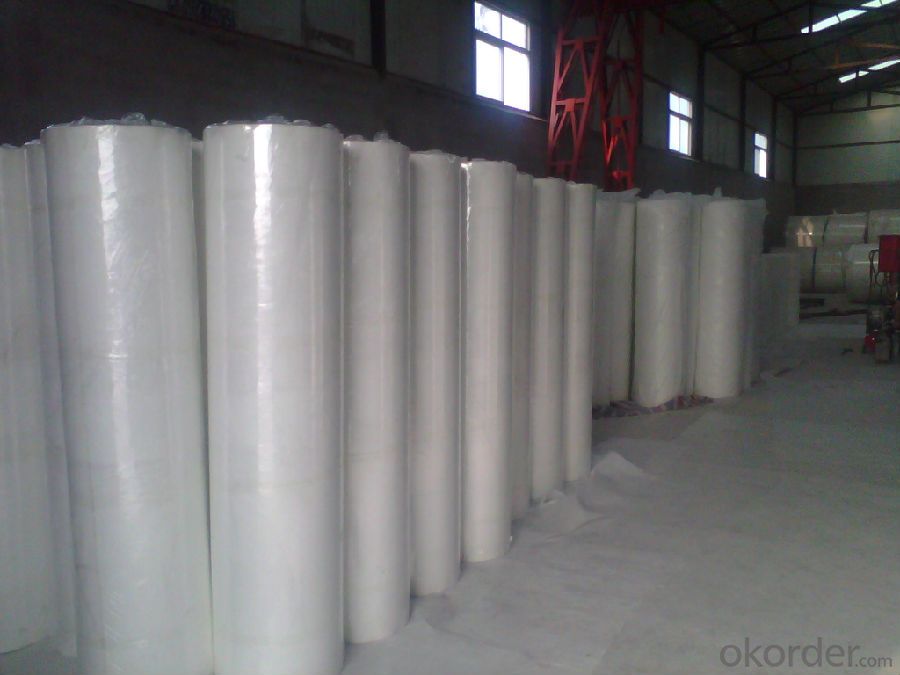
Fiberglass Fabric Usage:
E-glass woven roving is a schistose double faces reinforcement fabric that is weaved into from roving in directly.
E-glass fiber fabric (thin fabrics with thickness from 0.025 to 0.09mm) is suitable for electrical isolation mica product, wax cloth as the reinforcement materials.
E-glass woven roving applys to all kinds of polyester reinforcement system, (such as unsaturated polyester resin, vinylite,epoxy resin and phenolic resin.
E-glass woven roving is a high performance reinforcement material. It is widely used in hand lay-up and machinery processing products, (such as vessel, container, airplane and vehicle component, furniture, athletic facilities and other industry.
FAQ
1.Package of Fiberglass Fabric?
Fiberglass fabric is wound on a paper tube with inner diameters of 50. 8, 76 or 152mm. Each roll is wrapped in a plastic bag, then to be packed in a carton box. The rolls are to be horizontally placed.
Width (cm): 90, 100, 127
Length (m): 100, 200, 300, 400
2.Storage of Fiberglass Fabric?
Store rolls in a cool, dry location
Protect rolls from weather and other damage.
3.If sample available if needed?
We aim to offer our customer best Products&Service,samples are allowed if necessary.
- Q: Is fiberglass yarn resistant to tearing or ripping?
- Yes, fiberglass yarn is resistant to tearing or ripping. This is because fiberglass yarn is made from strands of glass fibers that are tightly woven together, creating a strong and durable material. The tightly woven structure of fiberglass yarn prevents it from easily tearing or ripping under normal conditions. Additionally, fiberglass yarn is known for its high tensile strength, which further enhances its resistance to tearing or ripping. This makes fiberglass yarn a suitable choice for applications requiring a robust and tear-resistant material, such as in the manufacturing of textiles, reinforcements for composites, and insulation products.
- Q: How does the thermal expansion of fiberglass yarn compare to other materials?
- The thermal expansion of fiberglass yarn is relatively low compared to other materials.
- Q: Can fiberglass yarn be used for making upholstery fabrics?
- Yes, fiberglass yarn can be used for making upholstery fabrics. Fiberglass yarn is a strong and durable material that can withstand high temperatures, making it suitable for upholstery applications. It is commonly used in industries such as automotive, marine, and aerospace due to its excellent resistance to wear, tear, and chemicals. Additionally, fiberglass yarn can be woven into various fabric patterns and combined with other materials to enhance its properties, such as adding fire retardant coatings for increased safety. Overall, fiberglass yarn offers a versatile and reliable option for making upholstery fabrics.
- Q: Is fiberglass yarn resistant to compression or crushing?
- Yes, fiberglass yarn is typically resistant to compression or crushing due to its high tensile strength and rigid nature.
- Q: How does fiberglass yarn perform in sound insulation?
- The effectiveness of fiberglass yarn as a material for sound insulation is widely recognized. It possesses unique properties that allow it to significantly reduce sound transmission and enhance acoustic performance. Fiberglass yarn is renowned for its high density and exceptional sound absorption abilities, which make it perfect for a range of soundproofing applications. When utilized in sound insulation, fiberglass yarn absorbs sound waves and converts them into heat energy through frictional losses. Its dense structure enables it to effectively trap and dampen sound vibrations, preventing them from passing through walls, ceilings, or floors. As a result, noticeable reductions in noise levels and improved soundproofing are achieved. Furthermore, fiberglass yarn is highly versatile and can be employed in residential, commercial, and industrial settings. It is commonly used in constructing soundproof walls, ceilings, and partitions, as well as manufacturing acoustic panels, curtains, and baffles. The adaptability and ease of installation of fiberglass yarn contribute to its popularity in sound insulation projects. Additionally, fiberglass yarn is a durable and long-lasting material that can withstand harsh environmental conditions without compromising its soundproofing properties. It is resistant to moisture, mold, and mildew, making it suitable for areas with high humidity levels like bathrooms or swimming pools. In conclusion, fiberglass yarn excels in sound insulation applications due to its high density, exceptional sound absorption capabilities, and versatility. Its ability to reduce noise transmission and enhance acoustic performance make it an ideal choice for various soundproofing projects.
- Q: How does fiberglass yarn perform in terms of moisture wicking?
- Fiberglass yarn is not typically used for moisture wicking purposes as it is not known for its ability to absorb or wick away moisture.
- Q: Is fiberglass yarn suitable for making electrical insulators?
- Indeed, fiberglass yarn proves to be a fitting choice for the creation of electrical insulators. With its versatility and exceptional electrical insulating properties, fiberglass emerges as a top-notch material in this regard. Its ability to resist electricity at high levels makes it an ideal option for insulation needs. Moreover, fiberglass yarn can be skillfully woven into sheets, tapes, or ropes, enabling its application in diverse electrical insulation scenarios. Furthermore, fiberglass boasts resistance against heat, chemicals, and moisture, further augmenting its appropriateness for electrical insulation objectives.
- Q: How does fiberglass yarn perform in alkaline environments?
- Fiberglass yarn is known for its excellent performance in alkaline environments. The material is highly resistant to alkalis, making it suitable for various applications where exposure to alkaline substances is expected. When exposed to alkaline environments, fiberglass yarn maintains its structural integrity and does not degrade or weaken over time. This resistance to alkalis is due to the inherent properties of the glass fibers used in the yarn, which are chemically inert and do not react with alkaline substances. As a result, fiberglass yarn can withstand prolonged exposure to alkaline environments without experiencing any significant deterioration or loss in its mechanical properties. Whether used in construction, insulation, or other industrial applications, fiberglass yarn is a reliable and durable option for environments with high alkalinity.
- Q: How does fiberglass yarn affect the acoustic properties of a product?
- Fiberglass yarn can significantly enhance the acoustic properties of a product. Due to its lightweight and high-strength composition, fiberglass yarn can effectively absorb sound waves, reducing echoes and noise reflections. It is commonly used in the manufacturing of acoustic panels, insulation materials, and soundproofing products to improve sound quality and reduce unwanted noise. The fibrous structure of fiberglass yarn helps to dissipate and dampen sound vibrations, resulting in better sound absorption and improved acoustic performance of the product.
- Q: How does fiberglass yarn affect the weight of a product?
- Fiberglass yarn can affect the weight of a product in several ways. Firstly, fiberglass yarn itself is lightweight, which means that when used as a primary material in a product, it can significantly reduce the overall weight compared to other heavier materials like metal or wood. This can be particularly advantageous in industries where weight reduction is crucial, such as aerospace, automotive, and sporting goods. Moreover, fiberglass yarn can also be used as a reinforcement material in composite products. When combined with resins or other matrix materials, it creates a strong and durable composite that is lightweight yet has high tensile strength. This allows manufacturers to build products that are both sturdy and lightweight, making them easier to handle, transport, and use. Additionally, the use of fiberglass yarn in products can provide benefits such as improved energy efficiency. For example, in the construction industry, fiberglass yarn is commonly used in insulation materials. It has excellent thermal insulation properties, reducing the transfer of heat and thus lowering the energy required to heat or cool a building. This not only saves energy but also reduces the weight of the insulation compared to traditional materials like mineral wool or foam. In summary, fiberglass yarn can positively impact the weight of a product by offering lightweight characteristics as a primary material or as a reinforcement in composites. Its use can result in lighter, yet strong and durable products, making them more efficient, cost-effective, and easier to handle.
Send your message to us
Fiberglass Yarn Reinforced Corrosion Resistant Fiberglass Fabric ISO9001
- Loading Port:
- Shanghai
- Payment Terms:
- TT OR LC
- Min Order Qty:
- 500 m²
- Supply Capability:
- 50000 m²/month
OKorder Service Pledge
OKorder Financial Service
Similar products
Hot products
Hot Searches
Related keywords
